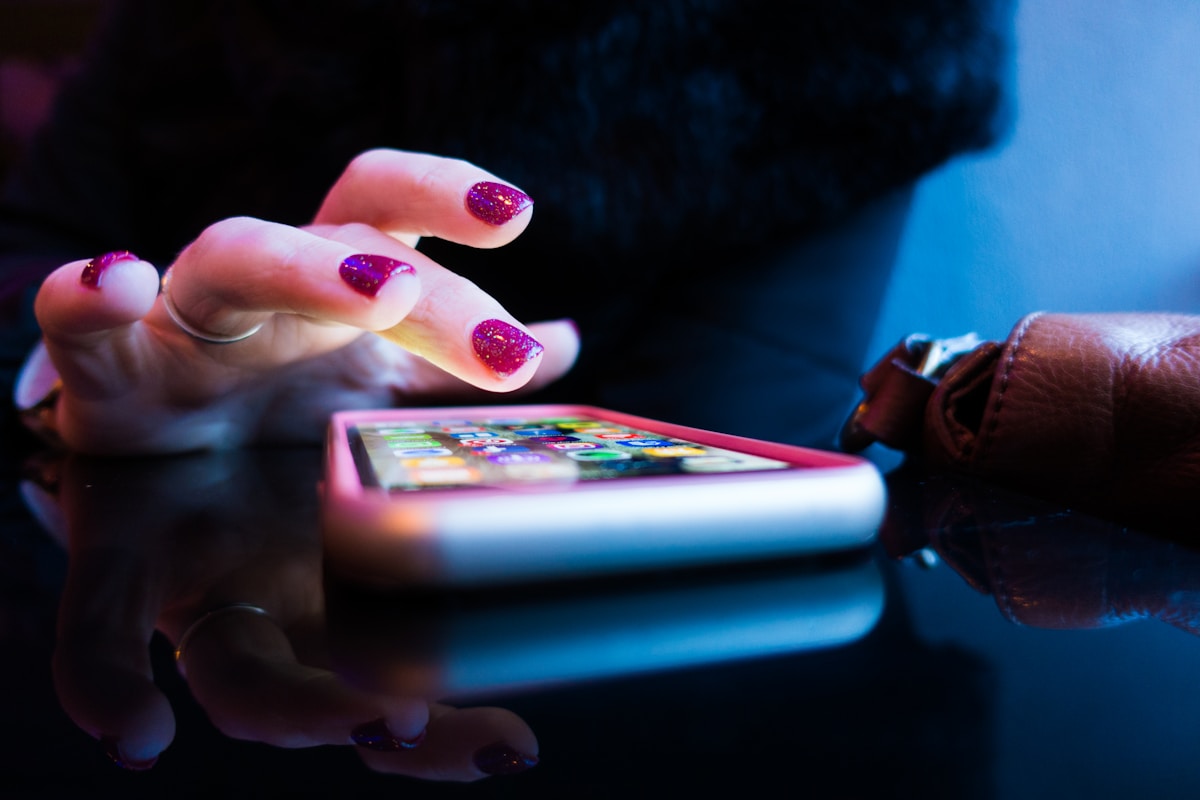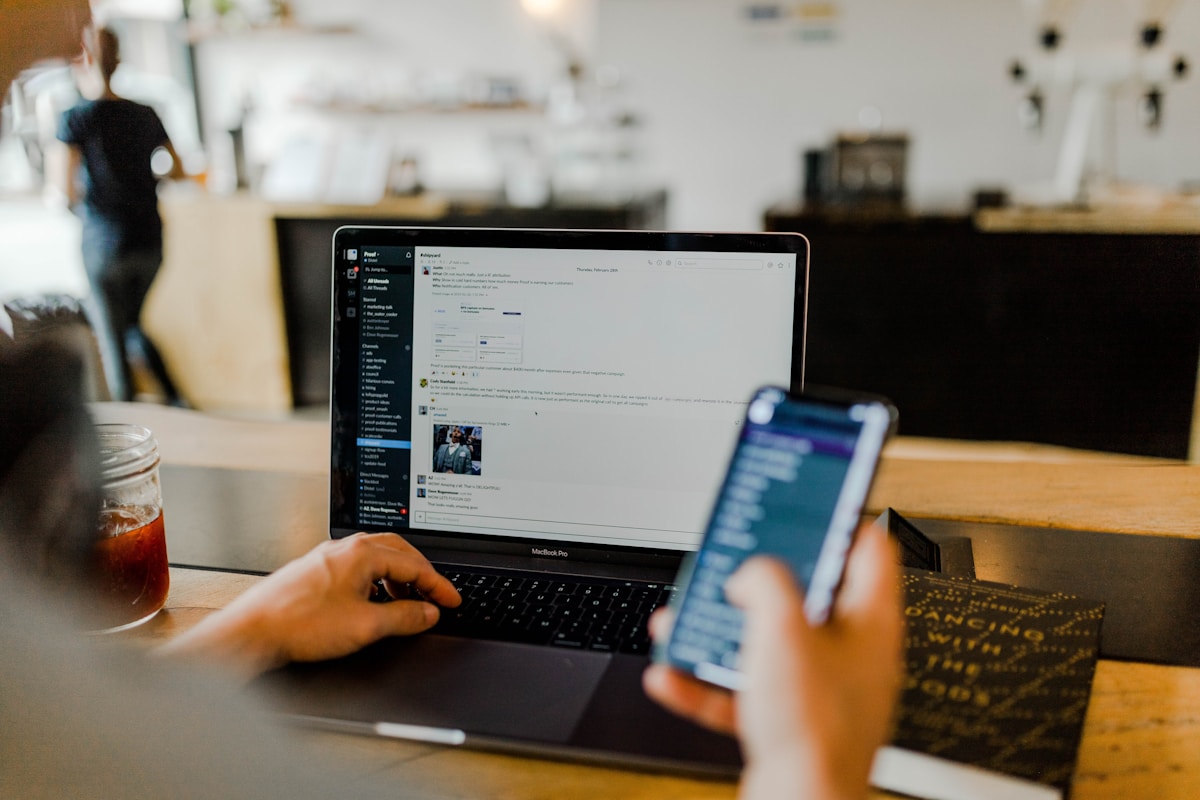Mobile application development has been around for years. Plenty of app designers and developers are working on various apps for different functions. Since Android devices started to dominate the smartphone industry due to their lower prices than Apple’s iPhone, mobile app developers have started to work on more apps on this particular mobile operating system. It has become common for an android ui designer to create new apps to meet the needs of the public.
However, Android apps were not always created with the best design in mind. Due to the Google Play Store’s leniency regarding the quality of apps uploaded in the app market, you can find a lot of apps that have substandard UX designs. But now that Android released a comprehensive guide for developers, which they call Material Design, you need to ensure that you can keep up with the changes if you want to launch a mobile app for your business. It is also necessary to keep these essential factors in mind when working with a ui designer to create an outstanding Android UX design.
Learn to be Adaptive

One of the hidden disadvantages of working on Android apps is fragmentation. While it is also present in iOS apps, this challenge is more complicated for a typical Android application designer. Unlike iOS apps designed to suit all Apple devices powered by iOS, Android designers must ensure that their products work for smartphones, phablets, or tablets manufactured by different brands. Since each manufacturer has its specific quirks, the designer must develop adaptive solutions that suit every brand.
A typical application designer with a history with web design may have encountered responsive design frameworks, including adaptive UI. The main idea behind it is to take in as many screen sizes that the design can handle. It means that the app design created for a 4.7-inch smartphone screen also appears well on an 18.4-inch tablet screen.
Keep FAB in Mind

The Material Design also introduced the Floating Action Button, also known as FAB. It is a set of attractive, loud buttons often placed on the bottom right-hand area of the screens. It usually features bright, bold colors and shadows to represent a promoted action based on Google’s guidelines.
FABS has become extremely popular in plenty of Android apps that comply with the Material Design principle. But some designers are worried about using it because it can distract the users. But those who use it argue that the action that each button represents is crucial for the app. So to prevent the FAB from turning into a distraction, the app designer must put it in a place that will not block the content.
Create Smart Navigation Design

App designers know that the navigation design of an app serves as the direct contact of the users to its architecture. The design is structurally flawed if the app user deals with navigational problems each time they use the app. But if the designer could develop a good Android UX design, the navigation design would be easy to understand.
One of the most commonly used navigation designs is the hamburger menu, also called the side drawer. However, it often receives plenty of criticisms from the UX and UI design community. Those against it choose to include the “more” icon to hide the less important items. The users can click it if they want to learn more about the app.
Understanding the basics of Android UI design can help your app designer create the most suitable apps for this mobile operating system. By keeping these factors in mind, more users would love to download and use your app for their daily needs.